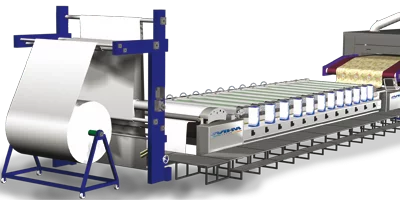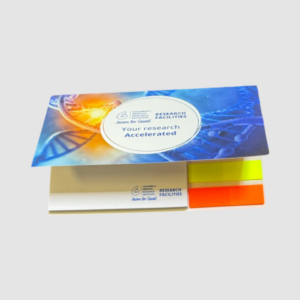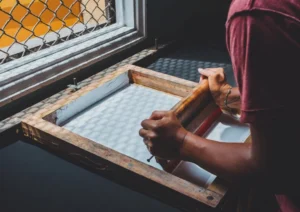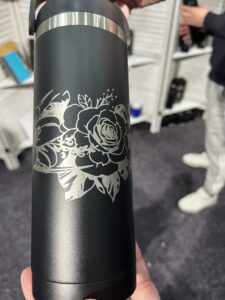Rotary Screen Print on Promotional Items
Last Updated: 29th April 2025
Rotary printing utilises plates on a rotating cylinder. The technique is to roll a product across cylinders which will turn produce printing all the way around products without breaks. This is one of the best printing methods for high volume print in terms of speed.
Screen printing equipment works equally well on to various surfaces such as paper, cardboard and plastic. For branding promotional items that is too big for pad printing, rotary screen print is a great alternative. Rotary screen printing is a popular technique used in the printing industry to create high-quality and vibrant prints on a wide range of materials.
This type of printing involves using a cylindrical mesh fabric that is stretched onto a frame, which is then rotated over the surface of the object being printed. Ink is poured over the mesh fabric, which adheres to the raised areas, resulting in an image or design that is applied to the object.
It has been around for nearly half a century. This branding method produces vibrant prints on both hard and soft surfaces, including textiles, rigid plastics, paper, and metal substrates. Not only does it provide superior print quality with every job. Rotary printing also offers incredible speeds compared to other types of printing methods.
Tips On Designing A Logo Or Image For Rotary Screen Printing
When designing a logo or image for rotary screen printing there are several key points you should take into consideration before beginning production:
The first is color selection; rotary screen printing works best with a minimum number of solid colors so try not create too many gradients or different shades which will result in an inconsistent output across different surfaces including textiles as they tend to absorb pigment differently than other substrate mediums.
Secondly, pay attention to line weights; make sure lines are thick enough so that after shrinking, aging or fading they don’t lose their definition completely or look too ‘thin’ compared against surrounding elements because such mistakes could detrimentally affect the overall look depending on your design intent and application choice (t-shirt vs water bottle).
Lastly, always remember that complex designs come at a cost. So, keep shapes simple because intricate patterns often require double color applications during production. This increases both production time and cost per unit, which can become expensive if not managed properly. However, when done correctly, it can still produce excellent results.
Advantages

- Extreme high degree of control and accuracy
- Cost savings
- Environmental friendly
- Steady and reliable performance
- Correct and smooth label sticking
Promotional Items that are commonly branded using Rotary Screen Prints
-
- Promotional drink bottles
- Printed paper cones
- Branded novelties
- Customised flasks
- Personalised travel mugs
How Rotary Screen Printing Works
Watch as we reveal the process on how rotary screen printing works! Perfect for mass production, this process ensures fast, consistent, and detailed prints. Let’s dive in!
An example of Rotary Screen Printing
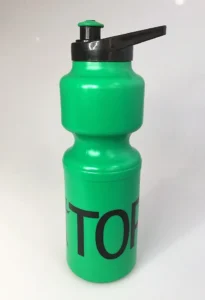
History of Rotary Screen Printing

Rotary drum printing was invented by Richard March Hoe in 1843 and patented in 1847. Back in early Mesopotamian civilization before 3000 BC, people use cylinder seals for rolling and create art works of beautiful images.
